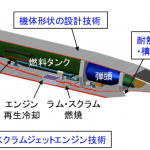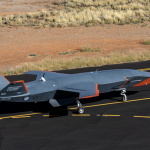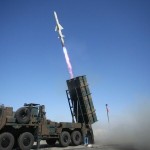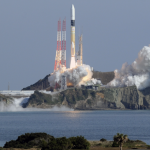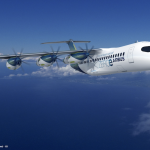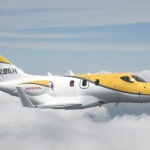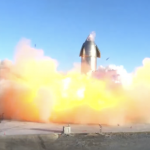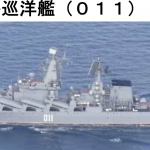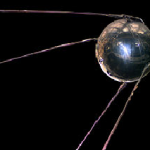
世界初の人工衛星は、1958年にその当時のソビエト連邦共和国によって打ち上げられたが、その名称に因んで米国にはスプートニク・ショックなる衝撃を与えた。その後、米国は開発を急ぎ約1年遅れで初号機の打上げに成功している。本シリーズでは、人工衛星(以下衛星と呼ぶ)の電波応用に関して、種別ごとに紹介をしたく考えており、今のところ以下のテーマで6回シリーズとすることとしたい。
(1) 各国の初期の衛星とその応用(電波応用を中心として)
(2) 通信衛星
(3) 放送衛星
(4) 衛星測位システム
(5) 観測衛星(電離層、大気観測、地表面観測など)
(6) 深宇宙通信
今回は第1回として各国で初期に打上げに成功した衛星とその応用について紹介をしたい。電波応用という意味では少し外れる内容も含まれるが、各国でどの様な目的をもって初期段階の衛星が打ち上げられたかについて振り返ってみたい。
(The world first artificial satellite was launched by the Soviet Union in 1958. This made a big impact called Sputnik Shock after the satellite’s name to the United States. The US succeeded to launch its first satellite one year after Sputnik. This series is aimed to introduce radio applications of artificial satellites with classifying them into several categories, and the following
(1) Early time satellites and their applications using radio mainly
(2) Communication satellites
(3) Broadcasting satellites
(4) Satellite based global positioning system
(5) Observation satellite for ionosphere, atmosphere, earth surface, etc.
(6) Deep space communication system
As the first report, earlier time artificial satellites successfully launched by each country are introduced, and the intention and objective of each country for its satellites are reviewed.)
